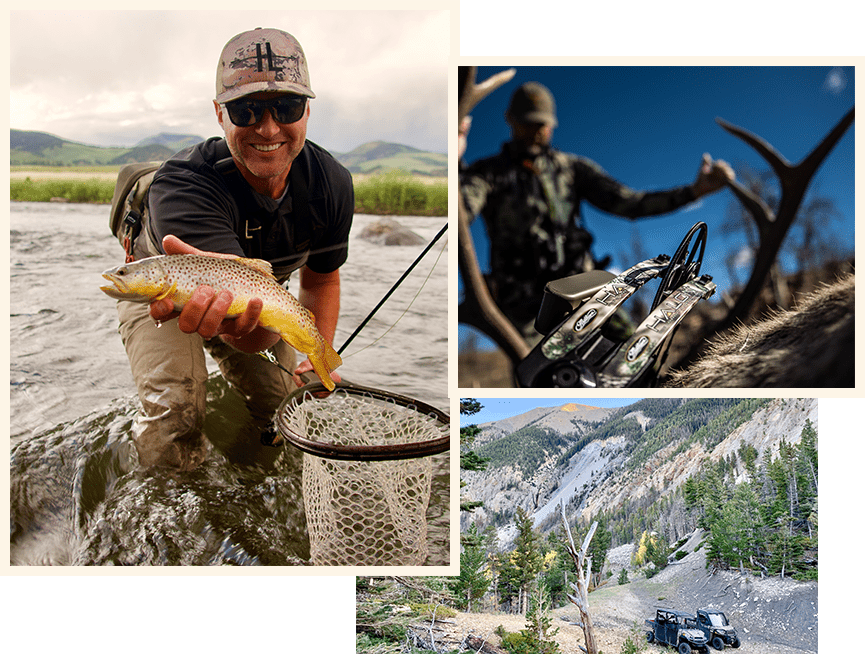Follow the Foam, Ranches For Sale
Foam eddies often hold the largest trout in the stream. It should be axiomatic that for anglers to succeed, they need to fish where the fish are, but it’s remarkable how often this seemingly-obvious truth is ignored.he truth is, in all but the most trout-rich streams, fish actually only occupy a small amount of area at any given time. Finding the fish, then, is a learned skill that can prevent many frustrating hours of wasted casts over unproductive water. Random casting will always produce a few strikes, but strategic casting is a much more efficient approach.
Anglers need to remember that trout are always balancing their need for food with their need for safety. Trout are predators, but are prey as well (largely in danger from fish-eating birds), so are seldom entirely exposed to the threats from above. On the other hand, if trout are in a completely safe locale but without food, they’ll become mighty skinny! At times, the scale will tip more towards food or more towards safety, but generally trout will hold in lies that contain a degree of both.
Rising fish, of course, are simple to locate, but most of the time fish aren’t coming to the surface. Hence, looking for clues to lies that provide both food and safety will give the angler the edge during non-hatch periods.
One of the simplest clues to locating trout is foam lines. Contrary to popular belief, trout streams are not composed of 100% pure H2O. Impurities in the water, including natural detergents and other organic matter, often collect in foam pockets or foam lines easily visible on the surface of the water. Usually white or yellowish in color, following the foam can keep you consistently into trout while less-observant anglers are just “beating the water.”
Currents are the reason why foam lines exist and also why they are productive spots in which to drop a fly. Currents have the effect of concentrating surface material in particular areas, and the same process will concentrate insects as well as foam. Thus, following the foam will almost always lead you to insects that are caught in the current, too.
Foam fishing is basic in concept, but learning a few tricks can help with more hookups.
1. Surface foam is always easiest to detect on the slowest-moving portions of the stream. Depending on the stream, it may just be a line of white flecks, or an almost-solid white streak. In either case, you can be assured that most of the food available in non-hatch situations will be in the foam lane, which may be only a few inches wide. Moral of the story? Hone your casting accuracy! Put that cast in the foam, not to the side of it. Close may not be good enough.
2. Flies can be difficult to see in the foam, particularly if they’re small or have white wings. Try patterns will wings or posts of pink, orange or yellow for increased visibility.
3. On many streams, foam not only exists in lanes, but sometimes in entire rafts, particularly in eddies. A reachover cast that keeps your leader out of the water, but your fly motionless in the eddy can be amazingly effective.
4. Fish will often feed both in the foam and underneath it. Adding a dropper emerger or nymph pattern below a dry doubles your chances of success in the foam.
5. Foam alone isn’t a trout locator. The most effective spots are where the foam travels near some sort of shelter, frequently a rock or an undercut bank. Fish these areas especially carefully.
Next time you’re on the stream, look for the foam first. Next to actively rising trout, it’s the closest thing to the stream shouting out, “Hey you, cast here!”


